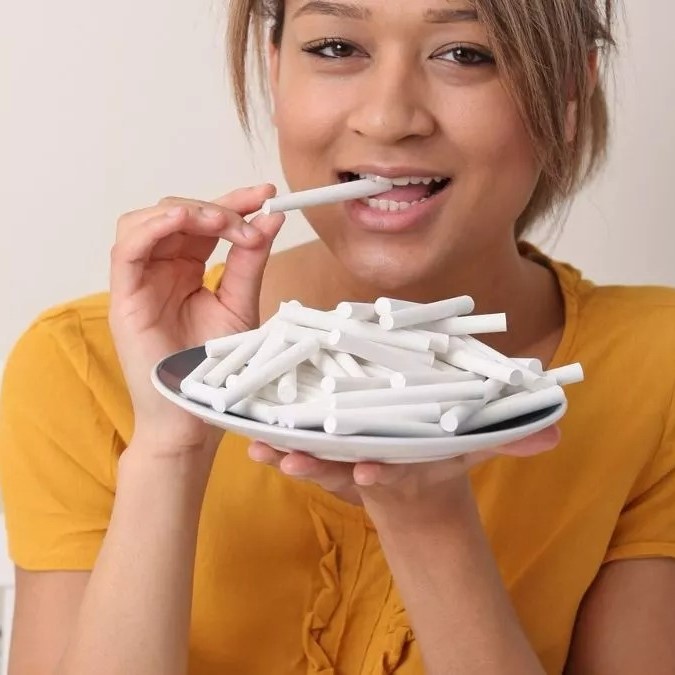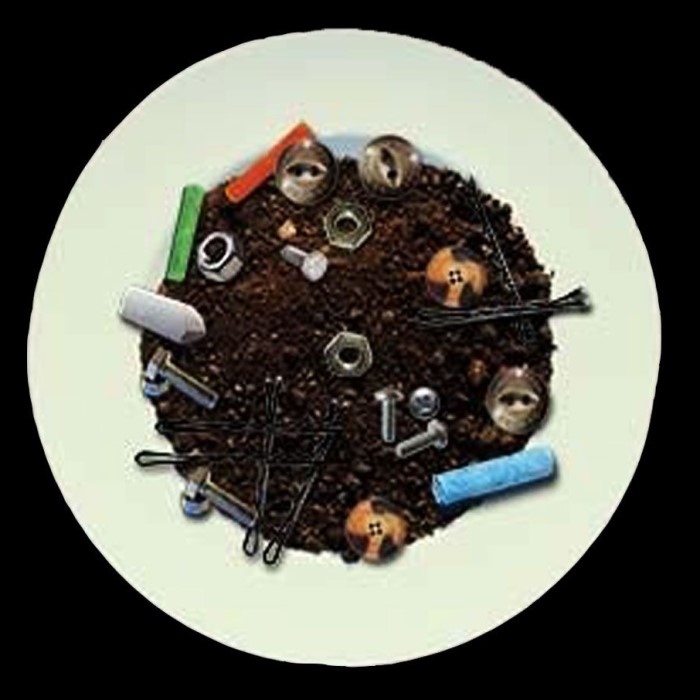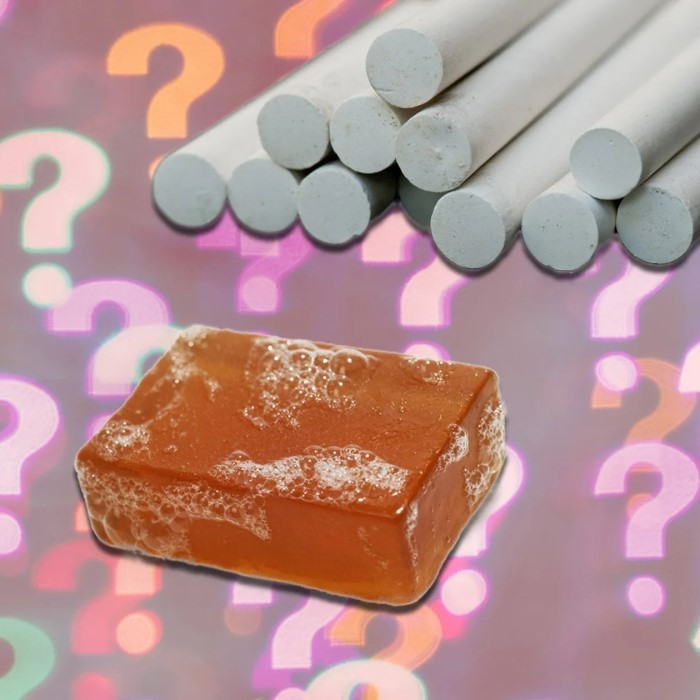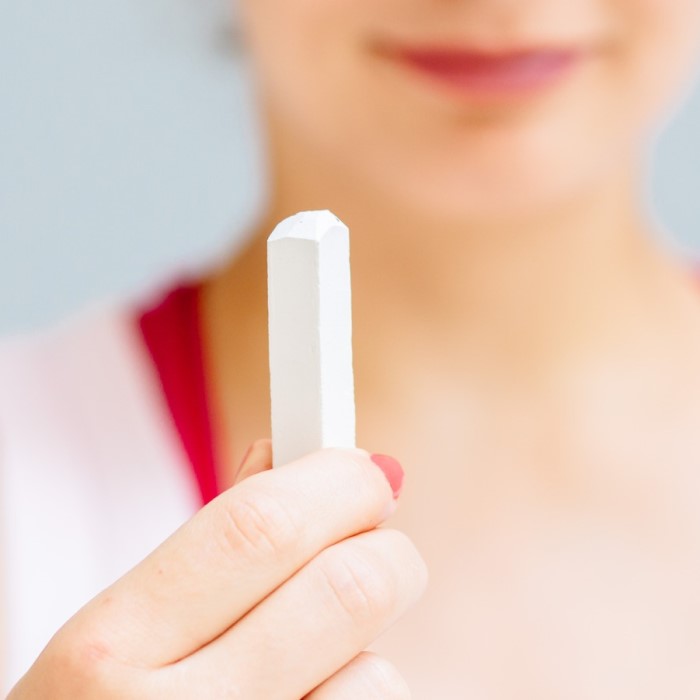Introduction
The question, “Can you eat chalk?” is one that piques curiosity. Many have found themselves wondering about this playful but concerning behavior, especially among children. Chalk, often seen as harmless, might seem innocuous, but consuming it raises several warnings. In this article, we will delve into the safety of eating chalk, explore the health risks involved, understand why some people may be drawn to this behavior, and discuss nutritious alternatives. By evaluating these factors, we aim to shed light on this curious habit and empower individuals to make informed decisions regarding their dietary habits.
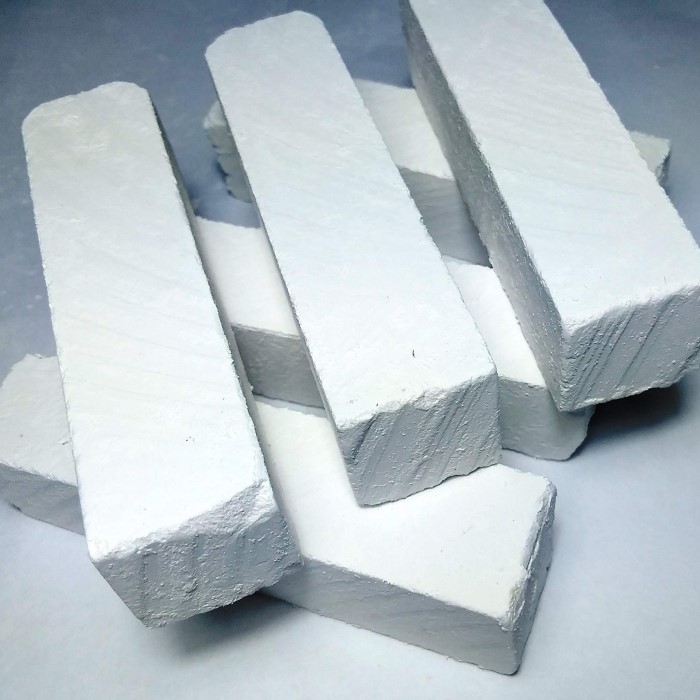
What is Chalk Made Of?
1. Composition of Chalk
Chalk is primarily made of calcium carbonate, a naturally occurring mineral. It is a sedimentary rock formed from organisms that collected on the ocean floor over millions of years.
- Natural Sources: Chalk derives from the accumulation of coccolithophores, tiny marine organisms that secrete calcium carbonate shells. Over time, layers compact to form chalk deposits.
- Forms of Chalk: While chalk is commonly used in classrooms and art, it can also be used in various industrial applications such as agriculture and construction.
2. Different Types of Chalk
There are several different types of chalk available on the market, each tailored to specific uses:
- Blackboard Chalk: Usually composed of calcium sulfate, used for writing on blackboards. While similar, this type may contain additives not meant for consumption.
- Drawing Chalk: This chalk is used for artistic purposes and can come in vibrant colors. It often contains pigments that could be harmful if ingested.
- Calcium Supplements: These contain calcium carbonate sourced from safe, food-grade materials and are designed for human consumption.
Can You Eat Chalk?
1. Understanding Pica Disorder
Eating chalk is commonly associated with a condition known as Pica, where individuals crave non-food items due to various psychological or nutritional reasons.
Nutritional Deficiencies
Understanding Pica: Pica is an eating disorder characterized by the persistent consumption of non-food substances. It often manifests in individuals with deficiencies in essential nutrients.
Mineral Deficiencies: Research has shown that pica is frequently associated with deficiencies in crucial minerals, particularly iron and zinc. These minerals play vital roles in various bodily functions, such as immune response and energy production.
Cravings for Chalk: In some cases, individuals experience cravings for non-food items like chalk when their bodies lack the necessary nutrients. The act of consuming chalk, while misguided, is often an unconscious attempt to fulfill an unmet nutritional need.
Addressing Deficiencies: Recognizing the link between pica and nutritional deficiencies is critical. Healthcare providers may recommend dietary changes or supplements to correct deficiencies and curb the cravings associated with pica. This approach can help individuals regain proper nutrition and health.
Coping Mechanism
Emotional Triggers: For some individuals, the consumption of non-food items such as chalk is not solely about nutrition. Emotional factors, including stress and anxiety, can play a significant role in the development of pica.
Use as a Coping Strategy: Individuals may resort to eating non-food substances as a coping mechanism to relieve feelings of tension or discomfort. In these cases, the act of consuming chalk may provide temporary relief from emotional distress.
Habitual Consumption: Over time, this behavior can become habitual, leading to a cycle of reliance on chalk or other non-food items. People may feel unable to manage their stress or anxiety through other, healthier means.
Seeking Alternative Coping Methods: It’s essential to address the underlying emotional issues contributing to pica. Therapy, stress management techniques, and alternative coping strategies can be effective in helping individuals reduce their reliance on non-food substances for emotional comfort.
Support Systems: Encouraging a support system of friends, family, or mental health professionals can provide guidance and strategies for healthier coping mechanisms, ultimately helping individuals move away from pica-related behaviors.
2. Safety Concerns of Eating Chalk
While chalk may appear harmless, consuming it poses significant health risks, and the question, “Can you eat chalk?” can lead to alarming outcomes.
- Digestive Issues: Eating chalk can lead to various gastrointestinal problems. Chewing on chalk may cause blockages in the digestive tract due to its fibrous nature.
- Chalk is Not Digestible: Unlike actual food, the human body cannot break down chalk. Larger pieces can accumulate, leading to serious conditions like intestinal obstruction, requiring medical attention.
3. Toxicity and Contaminants
Chalk can also be subject to contamination. While the basic ingredient, calcium carbonate, is generally safe, the source from which it obtaine matters greatly.
- Chemical Additives: Non-food-grade chalk may contain harmful additives or impurities that can pose serious health risks if ingested.
- Heavy Metal Potential: If chalk is sourced from contaminated environments or industrial settings, the risk of ingesting heavy metals and other harmful chemicals increases substantially.
The Health Risks of Eating Chalk
1. Digestive Problems
Eating chalk frequently could lead to a range of digestive issues that affect overall health.
- Constipation: Calcium carbonate can bind with other substances in the intestines, leading to constipation. Regular consumption may necessitate medical interventions.
- Gastrointestinal Blockage: If a large amount of chalk is consumed, it can lead to blockages in the intestines. This condition requires immediate medical treatment, including potential surgery.
2. Nutritional Implications
Ingesting chalk as a substitute for necessary nutrients can lead to further nutritional deficiencies.
- Impact on Metabolism: Consuming chalk instead of real foods deprives the body of essential nutrients, which can lead to complications like anemia, fatigue, and compromised immune function.
- Lack of Nutritional Value: Unlike food sources rich in calcium, like dairy products and leafy greens, chalk does not provide the body with the nutrients it requires for optimal functioning.
Why Do People Eat Chalk?
1. Psychological and Behavioral Factors
Several underlying psychological factors can contribute to the behavior of consuming chalk.
- Stress and Anxiety: Individuals experiencing high-stress levels might find comfort in the tactile sensations associated with eating chalk, akin to how some people engage in nail-biting or other stress-relief habits.
- Cultural Practices: In some cultures, consuming chalk or clay-like substances is considered traditional or a remedy for specific ailments, albeit without scientific validation.
2. Habitual Behavior
Children are often known to engage in this behavior due to curiosity and sensory exploration.
- Curiosity: Young children, in their exploratory phases, may place chalk in their mouths simply to understand its texture or taste.
- Peer Influence: Children may imitate peers who exhibit similar behaviors, solidifying this habit as a part of their routine.
Safe Alternatives to Eating Chalk
1. Nutrition-Rich Substitutes
If chalk cravings are linked to nutritional deficiencies, it’s essential to consider healthier options.
- Calcium-Rich Foods: Instead of chalk, reach for foods high in calcium, such as yogurt, cheese, almonds, and leafy green vegetables. These provide the nutritional benefits without the risks associated with chalk.
- Edible Snacks: Crunchy vegetables like carrots or celery can satisfy the need to chew without compromising health. They provide vitamins, minerals, and satisfaction.
2. Seeking Professional Help
If cravings for chalk persist, it might be time to seek professional guidance.
Medical Consultation:
Assessment of Nutritional Deficiencies: A healthcare provider can perform blood tests to check for deficiencies in key nutrients such as iron, zinc, magnesium, or B vitamins—common causes of unusual cravings (like pica).
Personalized Dietary Guidance: Based on test results and individual health needs, a doctor or registered dietitian can recommend specific foods, supplements, or meal plans to address cravings in a safe and balanced way.
Rule Out Underlying Conditions: Medical evaluation helps identify potential causes such as anemia, pregnancy-related cravings, or gastrointestinal disorders that may be contributing to the behavior.
Counseling or Therapy:
Cognitive-Behavioral Therapy (CBT): This structured approach helps individuals recognize triggers for pica behaviors (e.g., stress, boredom, emotional distress) and develop healthier coping mechanisms.
Behavior Modification Techniques: Therapists work with clients to replace harmful habits with positive alternatives—such as chewing gum, using stress balls, or practicing mindfulness—to reduce compulsive urges.
Address Root Causes: CBT explores underlying psychological factors like anxiety, trauma, or obsessive-compulsive tendencies that may contribute to persistent pica behaviors.
Support for Families and Caregivers: Therapy often includes education and guidance for loved ones, helping them understand the condition and provide consistent, supportive reinforcement at home.
Long-Term Behavioral Change: With consistent sessions and practice, therapy empowers individuals to build self-awareness, manage impulses, and sustain healthy habits over time—even in high-stress situations.
Conclusion
In conclusion, the question “can you eat chalk?” highlights both curiosity and concern regarding a behavior that is ultimately discouraged. As outlined, eating chalk poses significant health risks including digestive issues, potential toxicity, and nutritional deficiencies.
While chalk may not be inherently toxic, its lack of nutritional value and possible contaminants make it a poor choice for consuming. If you or someone you know struggles with the urge to eat chalk or similar non-food items, consider exploring healthy alternatives or seeking advice from health professionals. Understanding the reasons behind this behavior and opting for safe substitutes can guide you toward better health and well-being. Remember, there are always healthier options available that can satisfy cravings without the risks associated with eating chalk!
